Skilled Ukrainian Drone Operators Defy Russian Electronic Countermeasures
In the evolving landscape of the Russo-Ukrainian War, a new dynamic has emerged on the battlefield: Ukrainian drone operators successfully attacking Russian vehicles equipped with RP-377 jammers.
These incidents highlight the evolving tactics and technological interplay in modern warfare, demonstrating the resilience and ingenuity of Ukrainian forces against Russian electronic countermeasures.
The Rise of RP-377 Jammers
Originally designed to disrupt enemy radio communications, the Russian-made RP-377 jammer has reportedly found a new purpose in combating radio-controlled first-person-view (FPV) drones.
Mounted on Russian BMP fighting vehicles, these jammers have become increasingly prevalent. However, they have a critical limitation: their effective range is very short.
Ukrainian Adaptation and Ingenuity
Ukrainian drone pilots have adapted their tactics to exploit this limitation. By calculating their drones’ momentum, they have managed to strike Russian vehicles with RP-377 jammers effectively, even as the jammer disrupts the control link in the final moments before impact.
This tactic suggests a high level of skill and understanding of both the drones’ capabilities and the jammers’ weaknesses among Ukrainian operators.
Lack of Institutional Support
Interestingly, this adaptation appears to be a grassroots development among Ukrainian drone operators. Serhii Beskrestnov, a Ukrainian drone expert, noted that the Ukrainian defense ministry has not provided significant assistance in understanding or countering the RP-377s.
This lack of formal study and communication within the military structure has not hindered the operators, who have independently identified and exploited the jammers’ vulnerabilities.
The RP-377’s Shortcomings
The RP-377’s limited range is a consequence of its design. As a backpack system powered by portable batteries, it cannot support long-range jamming without sacrificing its ability to cover multiple frequencies.
This limitation becomes evident in the battlefield, where Ukrainian FPVs, though momentarily blinded by the jammer, continue on their course to successfully strike their targets.
Videos as Proof of Success
Evidence of the successful Ukrainian strategy is abundant in videos showing drone attacks on Russian vehicles equipped with RP-377s. In some instances, Ukrainian drones have directly targeted the RP-377 units, rendering them ineffective.
Future Challenges with Advanced Russian Jammers
Despite these successes, the situation remains fluid and challenging for Ukrainian forces. The Kremlin is reportedly deploying more advanced Volnorez jammers, capable of effective operations over much greater distances, potentially up to half a mile. This development could significantly alter the effectiveness of Ukrainian drone tactics.
A Testament to Ukrainian Resolve and Adaptability
The ongoing conflict and the use of drones and jammers illustrate a complex and rapidly evolving battlefield. The Ukrainian operators’ ability to quickly adapt and exploit the RP-377’s weaknesses underscores their resilience and ingenuity.
However, as the conflict progresses and technologies on both sides advance, continuous adaptation and innovation will be crucial for maintaining an edge in this high-stakes aerial warfare.


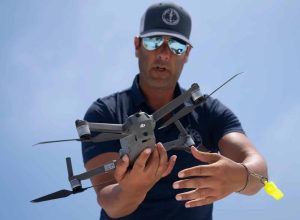

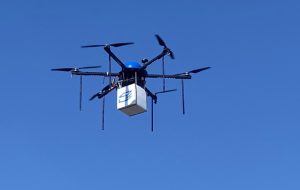


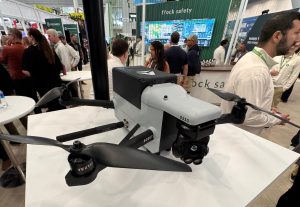

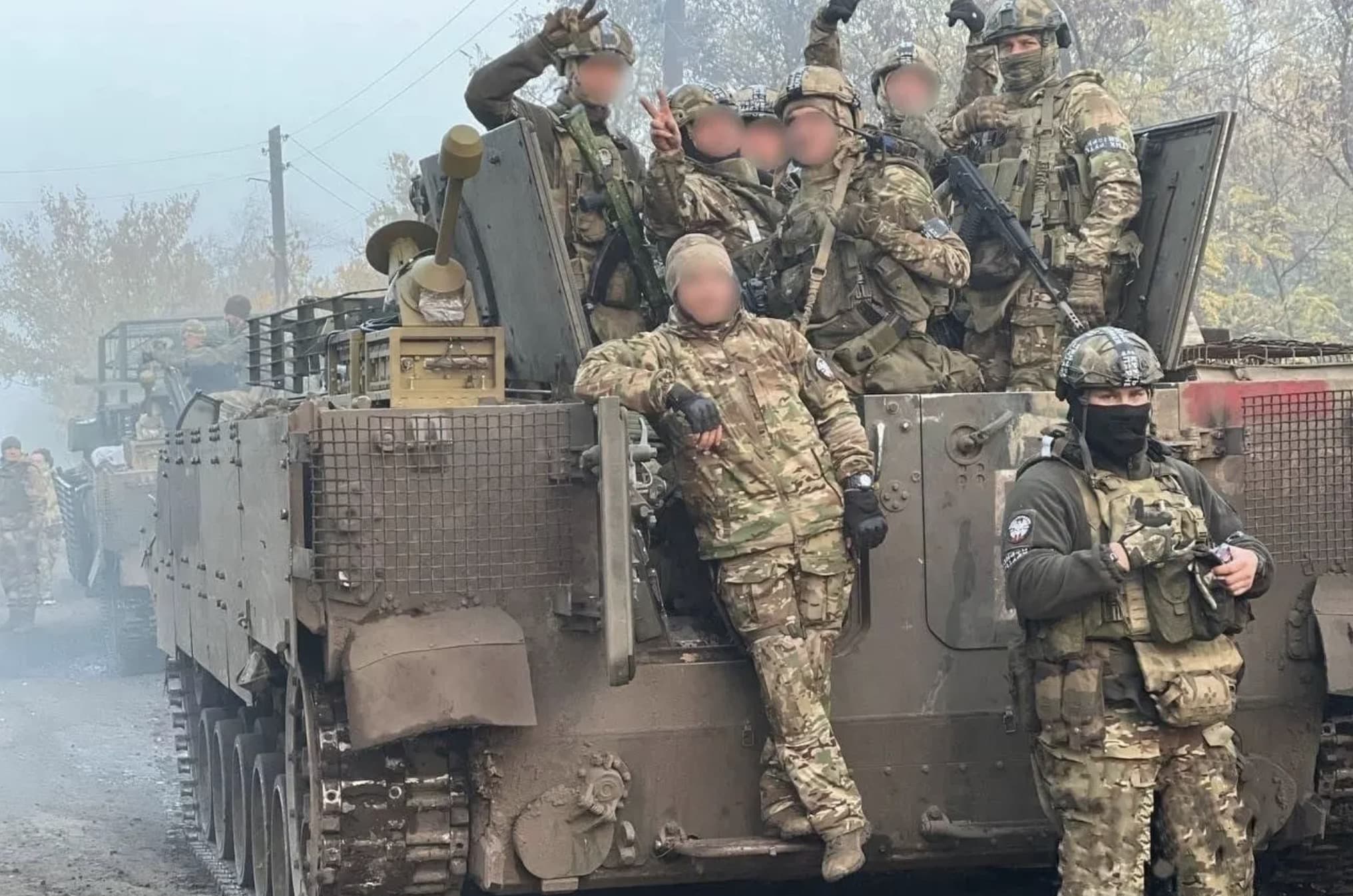


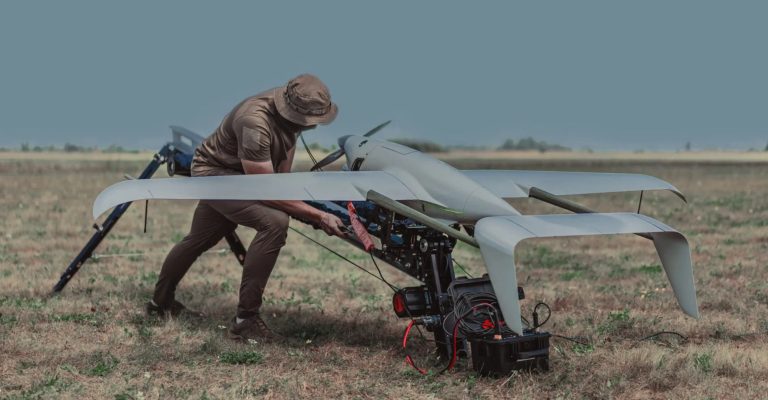
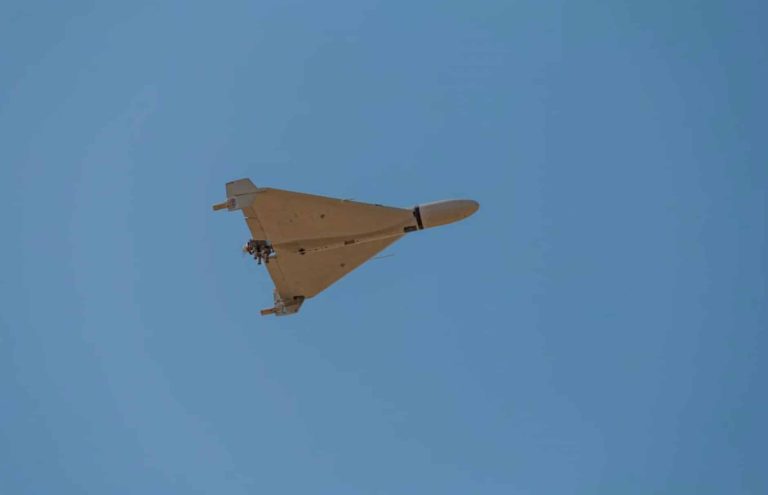


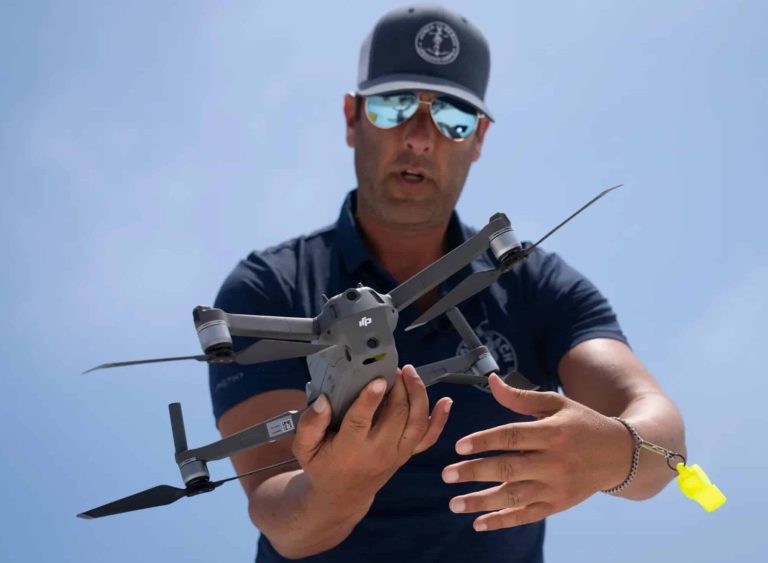
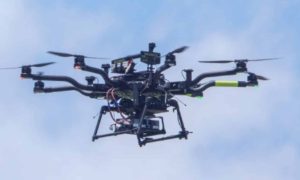



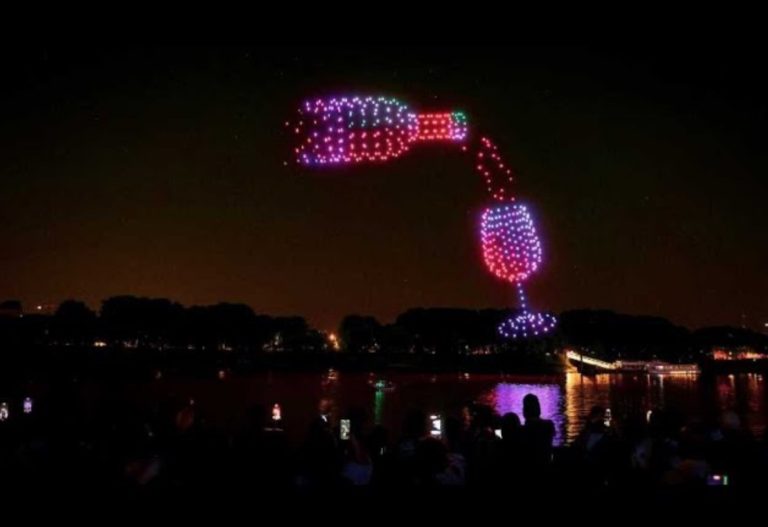
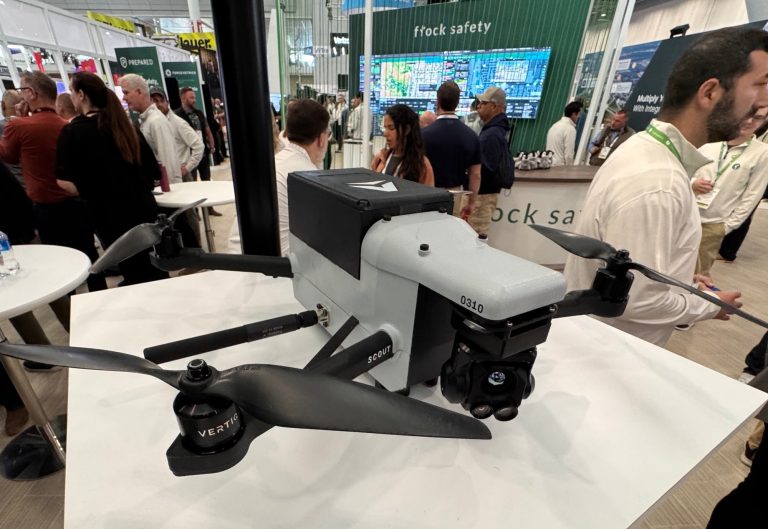
+ There are no comments
Add yours